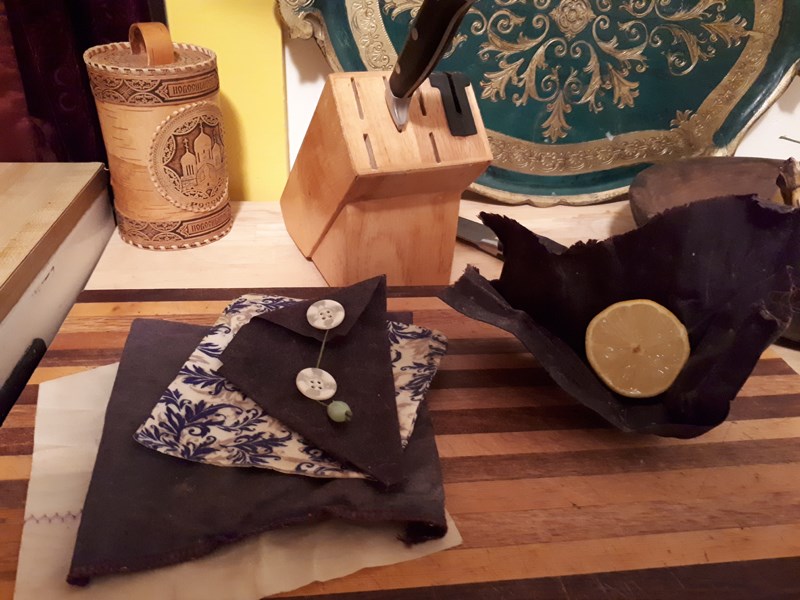You have just indulged in a wholesome, home-cooked meal with loved ones and the abundance was so great you cannot possibly eat another bite.
Your reflex is to reach for the plastic wrap to preserve the leftovers for another day. It is fast, easy and cheap. Still, your eco-conscience screams out that something is wrong with this picture, especially when it knows the plastic wrap is headed straight for the landfill after its use.
Encasing our food in airtight synthetic material may be second nature to many of us, but it is not our only choice. Beeswax cotton wraps, natural alternatives to plastic wrap, have now hit the green scene. A crafty person can even make them at home in a flash.
Often made of organic cotton or hemp infused with a combination of beeswax, pine resin and jojoba oil, wax wraps are a great, natural way to preserve partially eaten food, fruit and vegetables.
Mimicking nature, wax wraps allow food to breathe, which extends the life of leftovers. They also have antiviral, antifungal and antimicrobial properties that act as a preventative for mould.
Wax wraps will hug the shape of a bowl or plate when you apply them with the heat of your hand and can also be sewn or cut into snack or sandwich pockets that seal in freshness.
One note to consider is that wax wraps are not as capable of sealing in a liquid, like a cold stew or hot soup being transported in a vehicle to a potluck.
Cleaning involves a simple rinse under lukewarm water. Natural stains may occur through repeated use, from fun sources like beets and blueberries, but these merely add character, not toxins.
Beeswax wraps are available online and in various stores under different company names. If you have time and an iron, beeswax and some old cotton sheets, you can make them yourself. You will also need some tinfoil to protect your iron and a piece of cardboard to catch excess wax. It is a fun, messy project you can do with kids or while watching a movie.
Detailed instructions for making wax wraps are available online.
Let’s Talk Trash is Powell River Regional District’s waste-management education program.



